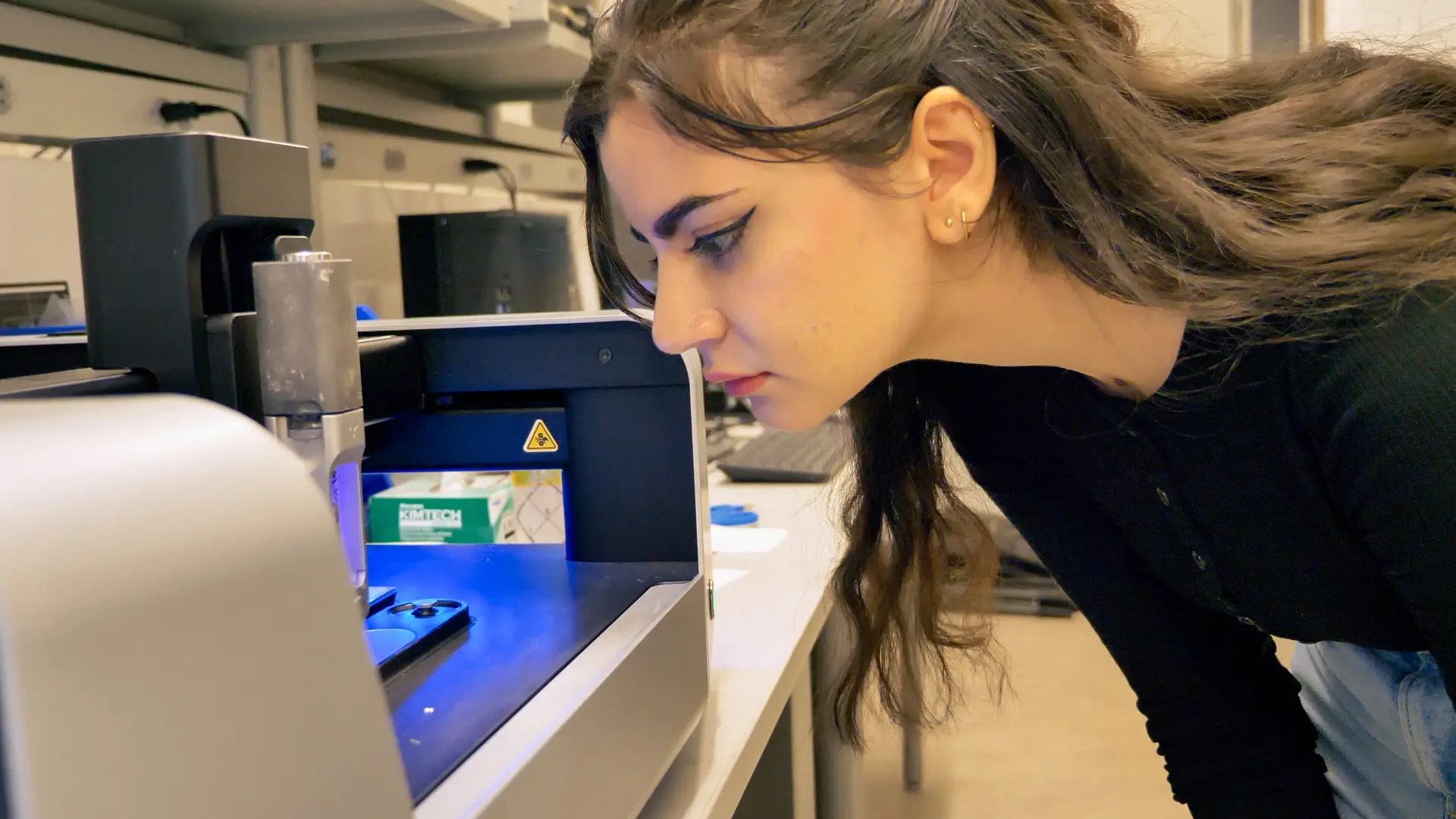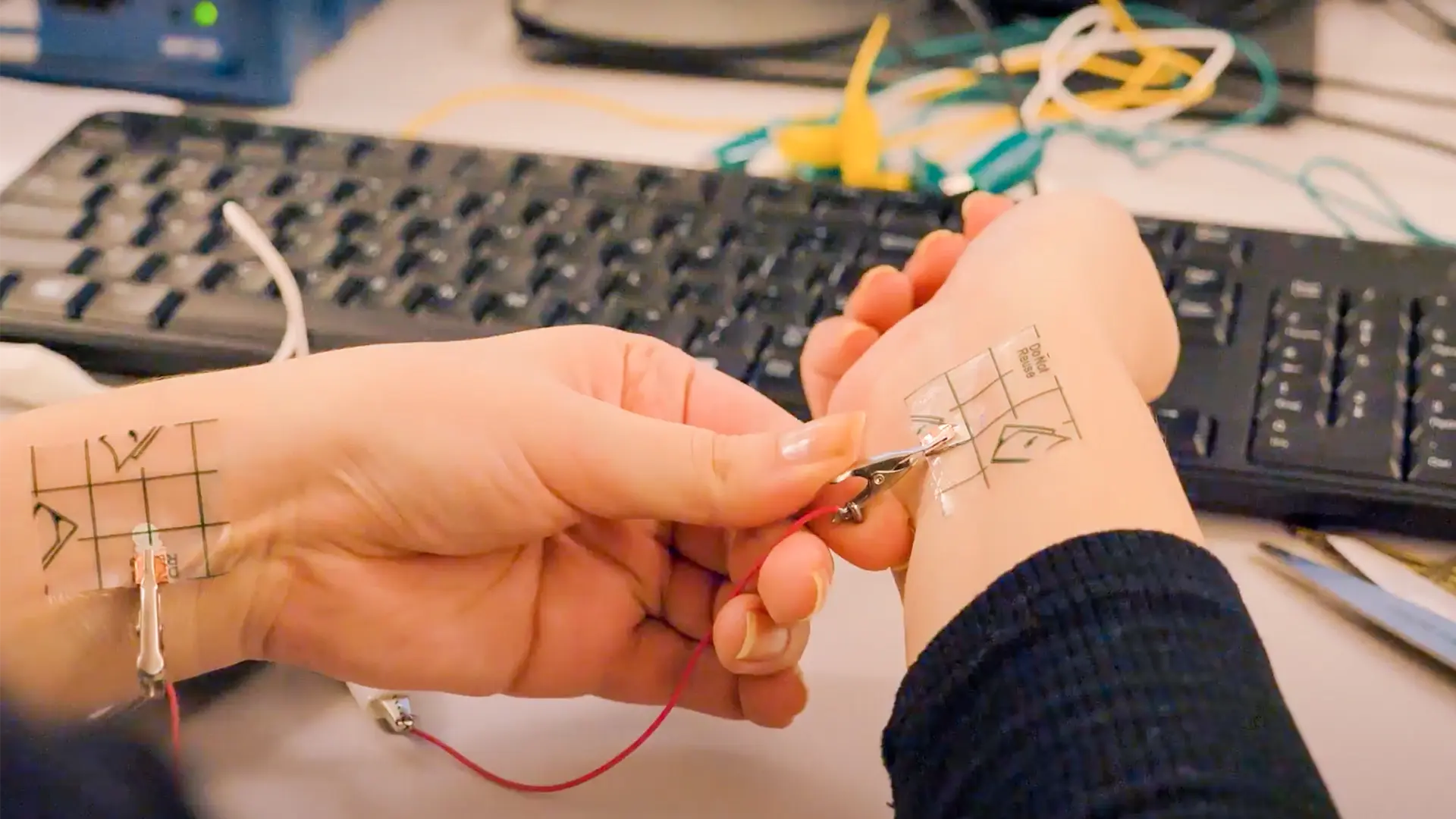Electronic Building Blocks - Dev Kits
In our last post we broke every electronic device into the modules it is made up of. Those 8 building blocks are sensing, signal processing, storage, computation, communication, actuation, human-machine interface, and power.
Common development platforms like Arduino, Raspberry Pi, Particle, BeagleBone, Feather, and others provide are amazing because
- They abstract out one or more of the building blocks. Now you only need to worry about what is unique to your application.
- The building blocks they've handled usually already have code available and plenty of resources exist with advice for coding the parts that you're adding.
- Some of these platforms offer compatible boards that handle different building blocks (ex: wifi functionality)
- These boards tend to have large communities of passionate developers. They span the entire spectrum of skill levels but most love nothing more than sharing what they've learned.
Of the dozens of platforms out there, how do you know which one is right for you? In our opinion, the ones that we support at Voltera (also the ones that early prototypes of our products were built off of) happen to be the best ones to get started with.
Arduino


Cost: Low
Skill Level: Low
Description: It is one of the oldest dev platforms and subsequently has one of the largest communities. Tons of resources available for it and sample projects galore.
Ideal Use: Perfect for simple projects that do not require fast clock speeds or heavy computing.
Raspberry Pi


Cost: Medium
Skill Level: High
Description: A computer not much larger than a credit card (and some models are smaller!). It runs a real-time operating system (Linux) and has enough power to handle more serious applications.
Ideal Use: Perfect for projects that require (or benefit from having) the ability to handle multiple processes. For example, if you tried controlling motors or polling a sensor while collecting video from a camera without the ability to have multiple processes running simultaneously, the video would be laggy or miss recording entirely because the processor is busy running other operations.
Particle


Cost: Low
Skill Level: Medium
Description: With different flavors for wifi, data, and mesh, this platform gets your projects connected to the internet in a pinch. If your project scales up to a product, they offer board-mounted connectivity modules and fleet management software.
Ideal Use: Perfect for adding cloud capabilities to simple electronics projects.
As I mentioned earlier, most of these platforms have additional circuits you can connect to the main dev board to increase the functionality. Each platform has its own name for these add-ons - Arduino Shields, Raspberry Pi HATs (Hardware Attached on Top), BeagleBone Capes, Adafruit FeatherWings.
At Voltera, we group all of these under the term Templates and offer blank templates for you to create your very own add-on circuits. If you are interested in the electronics projects we have done using some of these development platforms, check out our applications.

Check out our Customer Stories
Take a closer look at what our customers are doing in the industry.
